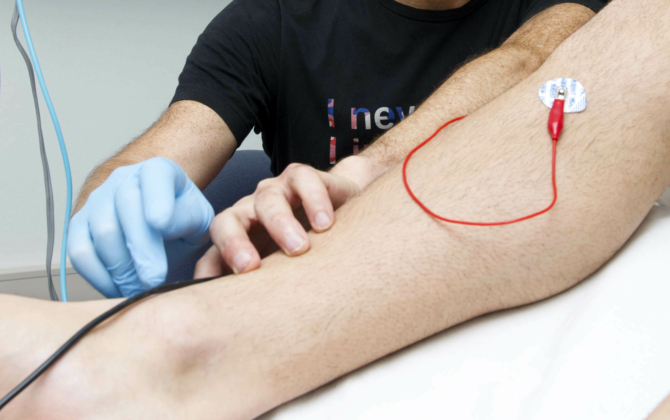Jump to
This NHMRC-funded project aims to identify areas of the brain involved in the control of blood pressure. Using fine microelectrodes inserted into a nerve at the side of the knee, we can tap into the spontaneous bursts of muscle sympathetic nerve activity (MSNA) that originate in the brain and which are a major determinant of blood pressure. By recording MSNA at the same time as performing functional magnetic resonance imaging (fMRI) of the brain, and in collaboration with Prof David McKenzie at PoWH, we have identified the functional changes that occur in obstructive sleep apnoea (OSA), in which MSNA and blood pressure are greatly elevated, and tracked how these changes are reversed following treatment with continuous positive airway pressure (CPAP) for 6 and 12 months. In a new NHMRC-funded project we are currently extending this approach to studying the changes in the brain in renovascular hypertension, following patients with high blood pressure before and after renal angioplasty or stenting of the renal artery and normalisation of the high blood pressure.

